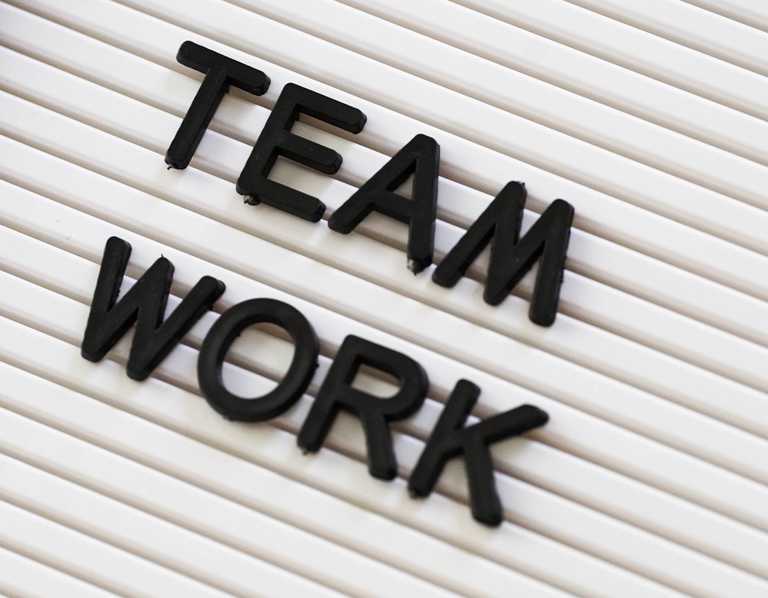How Does Planning Poker Encourage Team Collaboration?
Every Agile team heavily relies on effective collaboration. So, can you work on your team’s collaboration while also creating estimates with Planning Poker?

The development of Planning Poker, as it is known today, started in 2002. The creation of Planning Poker simplified the Wideband Delphi process from the 1970s to help overcome the complexities that often surface when a team seeks to estimate future work or level of effort.
Even though it is not a formal element of Scrum, Planning Poker has been widely accepted in the Agile community, particularly on Scrum teams, because of the level of unpredictability and complexity in software development.
Read on as this article delves deeper into the fundamentals of Planning Poker and how it encourages team collaboration.
Defining Planning Poker
Planning Poker is a collaborative estimate method based on consensus. It begins with a product owner or key stakeholder reading an item to get estimated to the team. Members of the team are then encouraged to ask questions and discuss the item to understand better the work that is getting estimated.
Each team member has a deck of poker-style playing cards on which the team's valid estimates get inscribed. Any value can get used. However, it is best to stay away from being too precise. Estimating one item as 99 and another as 100, for example, appears to be incredibly tough because a 1% increase in effort is impossible to detect.
When all team members are confident that they understand the item to be estimated, each estimator chooses a card that represents their estimate. The estimators all disclose their cards at the same time after that. If all of the cards have the same value, the team's estimate of the work involved is determined. If not, the estimators discuss their estimations, focusing on those with the highest and lowest values.
The Gamification of Estimation
As humans, everyone can and has a propensity to change their minds — or at least how they present their thoughts — in social settings. Development teams are no exception, and perceived inequalities in position or title can compound the effect.
So long as the team shows courage and encourages everyone to speak up and contribute, the gamification of estimation takes this out of the equation. Essential refining of criteria usually occurs during the discussions that follow for a wide range of sizes.
The Benefits of Gamifying Estimation
Planning Poker offers a plethora of benefits, the most significant of which get discussed below.
Relative Estimation
One of the first advantages of playing planning poker is that it allows teams to estimate the importance and effort needed to complete a project relative to one another. While teams may not always anticipate how long something will take, it is always easier to estimate whether it will take more or less than a similar task that has already been accomplished and know how long it took.
Some teams use an abstract unit called "story points." They know how big one story point is, while others use ideal days. Consider this: it makes little difference whether a team measures the length of a desk in meters and centimeters, feet and inches, or even Post-it notes and pencils, as long as everyone in the group uses the same scale.
Scrum teams can employ one general rule in their Planning Poker session: if a task gets scored 13 or above, it needs to be broken down into smaller tasks. This idea stems from the fact that large jobs are more complex and, as a result, more difficult to estimate with any degree of precision. Breaking the task down into smaller chunks mitigates some of the complexities and risks.
Equal Opportunity to Speak
Another benefit is that this style of estimating gives everyone on the team an equal voice.
For instance, a company used planning poker for the first time, asking team members to estimate the effort needed to clean up a few directories in our media library. Two members then presented small estimates, like a five or an eight. Another team member, and for this example, a new employee, estimated the project at 100. Although new, the member who estimated 100 is equally treated as more senior members, allowing him or her to explain his given estimate.
Despite his lack of familiarity with the job as a whole, the new member turns out to have the most recent experience with the media library, reporting that it was a complete disaster. As a result, it would take far longer to work things out than either of the two more senior members had anticipated.
Fair Contribution among the Members
Planning Poker fosters inclusion among the members. When individuals work together, the feeling that everyone has contributed to the strategy is shared. Thus, people are more likely to stick to a plan on which they have had influence. As a result, the team has become more dedicated and self-organized.
Ultimately, the strength of Planning Poker is in its collaborative approach, which gets built on consensus. You do not just estimate the size; you have a discussion in which each participant adds to the overall idea as a whole.
Suppose people can find out how to collaborate and make their parts fit together as a single working user story that you can deliver to production. If that is a possibility in this scenario, the team can figure out how to use planning poker to estimate the size of something based on their effort and perspective sizes. They will need some time and may try a few different things until they find anything that works. As a team matures, their estimations will become more accurate, and the amount of work they can prepare for in a given timeframe will increase.
Whether your team is only starting its way in Planning Poker or has already experienced enough toward mastery, consider Async Poker for your next planning poker session. For collocated, distributed, or remote Agile teams, Async Poker is a tool for estimating product backlog work in Jira in a way. Playing Planning Poker should be a fun, collaborative exercise, and Async Poker ensures just that.


